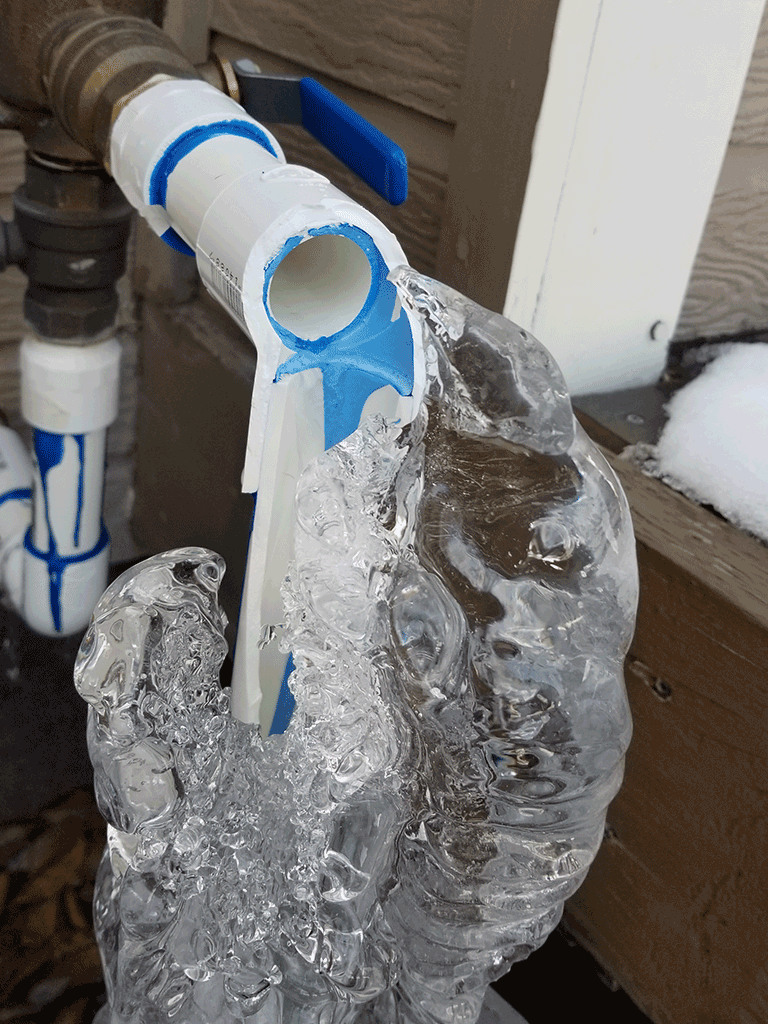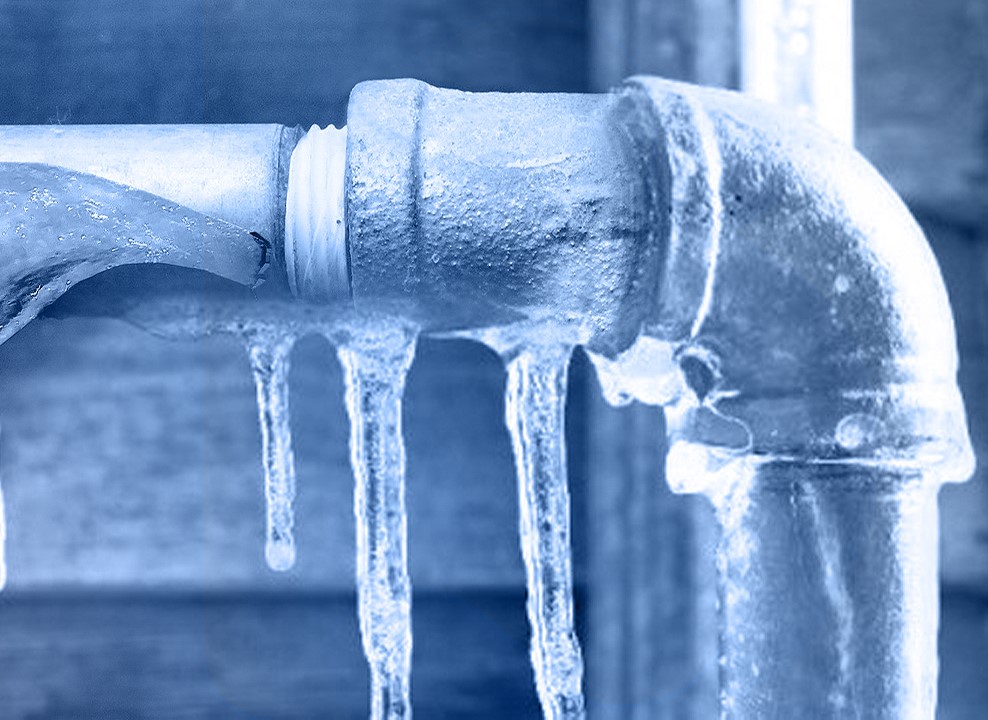Tips to Safeguard Your Pipes from Freezing: Specialist Advice
Tips to Safeguard Your Pipes from Freezing: Specialist Advice
Blog Article
We've uncovered the article on How To Avoid Freezing Pipes down the page on the net and figured it made good sense to talk about it with you on my blog.

Cold weather can ruin your pipes, specifically by freezing pipes. Right here's exactly how to prevent it from happening and what to do if it does.
Introduction
As temperatures decline, the threat of icy pipes rises, possibly leading to costly repair work and water damage. Recognizing exactly how to stop frozen pipes is important for house owners in cold climates.
Recognizing Frozen Pipes
What creates pipes to freeze?
Pipes freeze when exposed to temperature levels listed below 32 ° F (0 ° C) for prolonged periods. As water inside the pipes freezes, it expands, putting pressure on the pipeline wall surfaces and potentially triggering them to burst.
Dangers and damages
Icy pipes can lead to water system interruptions, home damages, and costly fixings. Burst pipes can flood homes and cause substantial structural damages.
Signs of Frozen Water Lines
Identifying frozen pipelines early can avoid them from rupturing.
Exactly how to recognize icy pipelines
Search for decreased water flow from taps, unusual odors or noises from pipelines, and visible frost on exposed pipes.
Prevention Tips
Shielding susceptible pipes
Cover pipes in insulation sleeves or utilize warm tape to secure them from freezing temperature levels. Focus on pipes in unheated or external locations of the home.
Home heating techniques
Maintain interior spaces effectively heated up, specifically areas with pipes. Open closet doors to permit warm air to flow around pipelines under sinks.
Safeguarding Outdoor Plumbing
Yard hose pipes and outdoor faucets
Disconnect and drain pipes yard pipes before winter season. Mount frost-proof spigots or cover exterior faucets with insulated caps.
What to Do If Your Pipelines Freeze
Immediate activities to take
If you suspect icy pipelines, keep taps open to ease pressure as the ice thaws. Make use of a hairdryer or towels taken in warm water to thaw pipelines slowly.
Long-Term Solutions
Structural modifications
Consider rerouting pipelines away from outside walls or unheated areas. Include additional insulation to attics, basements, and crawl spaces.
Updating insulation
Invest in top quality insulation for pipes, attic rooms, and wall surfaces. Correct insulation helps maintain constant temperature levels and reduces the risk of icy pipes.
Final thought
Avoiding icy pipes needs proactive steps and quick actions. By understanding the reasons, indications, and preventive measures, homeowners can secure their plumbing during cold weather.
5 Ways to Prevent Frozen Pipes
Drain Outdoor Faucets and Disconnect Hoses
First, close the shut-off valve that controls the flow of water in the pipe to your outdoor faucet. Then, head outside to disconnect and drain your hose and open the outdoor faucet to allow the water to completely drain out of the line. Turn off the faucet when done. Finally, head back to the shut-off valve and drain the remaining water inside the pipe into a bucket or container. Additionally, if you have a home irrigation system, you should consider hiring an expert to clear the system of water each year.
Insulate Pipes
One of the best and most cost-effective methods for preventing frozen water pipes is to wrap your pipes with insulation. This is especially important for areas in your home that aren’t exposed to heat, such as an attic. We suggest using foam sleeves, which can typically be found at your local hardware store.
Keep Heat Running at 65
Your pipes are located inside your walls, and the temperature there is much colder than the rest of the house. To prevent your pipes from freezing, The Insurance Information Institute suggests that you keep your home heated to at least 65 degrees, even when traveling. You may want to invest in smart devices that can keep an eye on the temperature in your home while you’re away.
Leave Water Dripping
Moving water — even a small trickle — can prevent ice from forming inside your pipes. When freezing temps are imminent, start a drip of water from all faucets that serve exposed pipes. Leaving a few faucets running will also help relieve pressure inside the pipes and help prevent a rupture if the water inside freezes.
Open Cupboard Doors
Warm your kitchen and bathroom pipes by opening cupboards and vanities. You should also leave your interior doors ajar to help warm air circulate evenly throughout your home.

We were shown that write-up on How To Avoid Freezing Pipes through a good friend on our other site. Enjoyed reading our blog? Please share it. Help other people find it. Thanks a lot for your time invested reading it.
Free Estimate Report this page